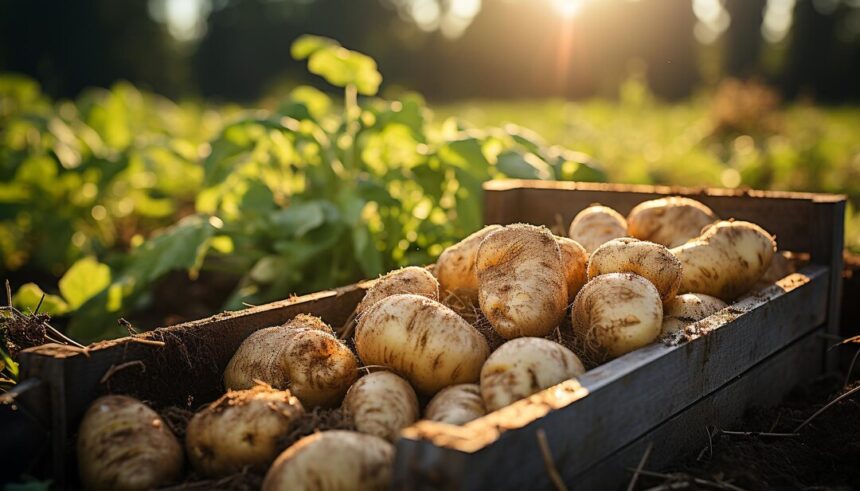Potatoes are a staple crop in South Africa, valued for their versatility, nutritional value, and economic importance. As demand for high-quality potatoes continues to rise, farmers are constantly seeking innovative techniques to enhance both the quality and yield of their potato crops. From soil management to pest control, implementing effective strategies is essential for maximizing productivity and profitability. Here, we explore various techniques for enhancing the quality and yield of potatoes in South Africa:
1. Soil Preparation and Management:
- Conduct soil tests to assess nutrient levels and pH balance, and amend the soil as needed to optimize conditions for potato growth.
- Practice crop rotation to prevent soil depletion and minimize the risk of diseases and pests.
- Use organic matter, such as compost or manure, to improve soil structure, fertility, and water retention.
2. Variety Selection:
- Choose potato varieties that are well-suited to the local climate, soil conditions, and market preferences.
- Select varieties known for their high yield potential, disease resistance, and culinary qualities.
3. Proper Planting Techniques:
- Plant potatoes at the correct depth and spacing to promote healthy root development and optimize yield.
- Consider using techniques such as ridging or raised beds to improve drainage and soil aeration.
4. Irrigation Management:
- Implement efficient irrigation practices to ensure adequate moisture levels throughout the growing season.
- Monitor soil moisture levels regularly and adjust irrigation schedules based on weather conditions and crop needs.
5. Fertilization and Nutrient Management:
- Apply balanced fertilizers or organic amendments according to soil test recommendations and crop nutrient requirements.
- Use controlled-release fertilizers or fertigation systems to deliver nutrients in a timely and efficient manner.
6. Pest and Disease Control:
- Implement integrated pest management (IPM) strategies to minimize the impact of pests and diseases on potato crops.
- Monitor fields regularly for signs of pests, diseases, and nutrient deficiencies, and take timely action to address issues.
7. Weed Management:
- Use a combination of cultural, mechanical, and chemical weed control methods to manage weed populations effectively.
- Implement timely cultivation, mulching, or herbicide applications to suppress weeds and minimize competition with potato plants.
8. Timely Harvesting:
- Harvest potatoes at the optimal stage of maturity to maximize yield and quality.
- Avoid delaying harvests to prevent tuber oversizing, skin set, and susceptibility to diseases or mechanical damage.
9. Post-Harvest Handling and Storage:
- Handle potatoes carefully during harvesting and post-harvest handling to minimize bruising, cuts, and damage.
- Store potatoes under controlled conditions, including proper temperature, humidity, and ventilation, to prolong shelf life and maintain quality.
10. Continuous Learning and Adaptation:
- Stay informed about the latest research, technologies, and best practices in potato production.
- Participate in training programs, workshops, and extension services to enhance knowledge and skills and adapt to changing conditions and challenges.
By implementing these techniques for enhancing quality and yield, potato farmers in South Africa can optimize their production practices, improve crop performance, and meet the growing demand for high-quality potatoes in domestic and international markets. With careful planning, management, and innovation, South Africa’s potato industry can continue to thrive and contribute to food security, economic growth, and agricultural sustainability.
Join 'Farmers Mag' WhatsApp Channel
Get the latest Farming news and tips delivered straight to your WhatsApp
CLICK HERE TO JOIN






